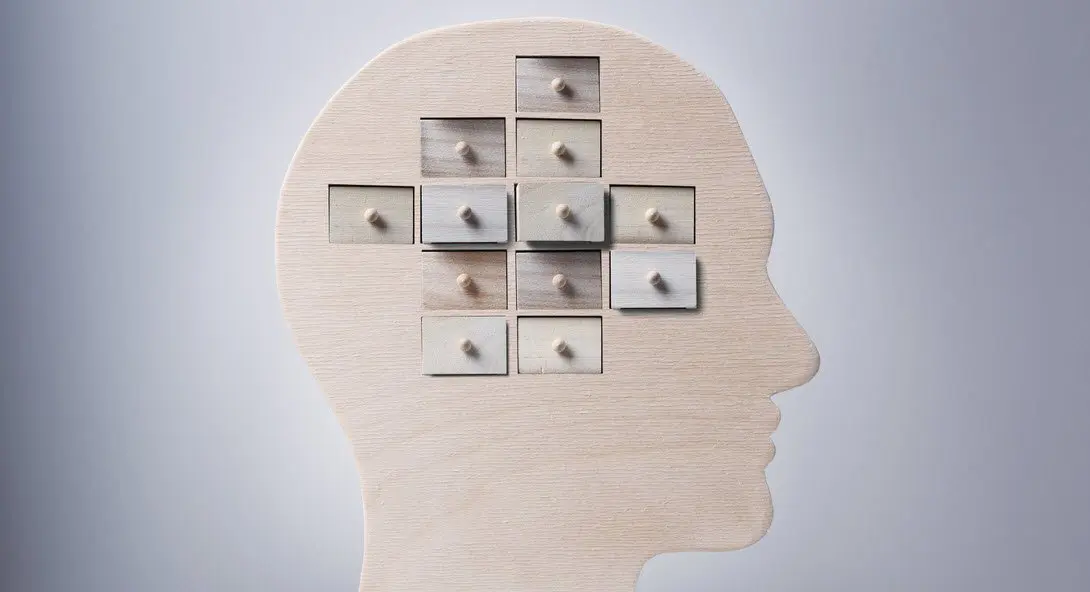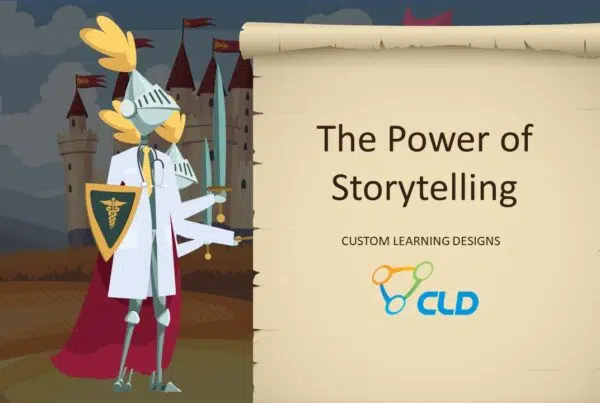Neuroplasticity is the seemingly magical capacity of the human brain to change and grow throughout a person’s lifetime. How do these changes happen? They happen when new connections between brain cells form and strengthen, causing changes in the brain’s anatomy and chemistry in response to experience, environment, relationships, emotions, and many other influences.
Neuroplasticity is what allows our brains to improve with age rather than deteriorate, and it’s very much a “use it or lose it” phenomenon. Not all neurons are alike. They perform many different functions, and they interact with other neurons regularly. In the brain, you won’t find one neuron directly touching an adjacent neuron, but having a gap called a synapse in between. These synapses are actually the channels for communication between neurons, because neurons exchange electrochemical information across synapses.
Synaptic connections, or working relationships between two neurons, are the firmament of all our brain’s activity. When you work a particular muscle regularly, it becomes stronger. Likewise, the more two neurons work together, the stronger the synaptic connection between the two. A single neuron may have thousands of synaptic connections with other neurons, with the average adult brain having some 500 trillion synaptic connections, and capacity for 500 trillion more. And yes, people can strengthen synaptic connections to help them perform better in their profession and other pursuits.
Examples of Brain Structures That Exhibit Neuroplasticity
Many neurological studies have been performed that demonstrate links between practiced attitudes and behaviors and physical changes in various parts of the brain. One part of the brain that responds to our attitudes and behaviors is called the amygdala, and it plays a role in negativity and anxiety. A 2013 study at Stanford University School of Medicine found that in children, amygdala size and connection strength with the neocortex was correlated with the degree of anxiety. Studies on laboratory animals had previously found that those exposed to stressful environments for long periods of time grew additional synapses from the amygdala, with the result being a chronic state of stress. In fact, post-traumatic stress disorder (PTSD) is associated with a larger amygdala plus stronger connections coming from it.
Another area of the brain, the orbitofrontal cortex, is correlated with an attitude of optimism. This brain region appears to play an important role in behavioral and emotional regulation. Studies have correlated thicker gray matter of the orbitofrontal cortex with greater optimism and lower anxiety. By the same token, studies of Japanese subjects following the 2011 earthquake and tsunami found that gray matter volume in the orbitofrontal cortex decreased in many participants. Furthermore, those who lost more gray matter in the orbitofrontal cortex were more likely to receive a diagnosis of PTSD.
A “Trivial” Process of Learning and Memory
Some fascinating work in the role educational trivia can play in learning and memory may be of interest to sales trainers and managers. It turns out trivia helps employees capitalize on their cognitive potential better. That’s good for employees and for the organization overall. Learning trivia has been shown to unlock brain potential, improve mental performance, and enhance creativity. Researchers believe that the sense of engagement and excitement that accompanies trivia games is related to the enhancement of brain development wrought by learning trivia.
Here are some ways trivia games can facilitate “breakthrough” thinking and improve employee performance:
- By providing mental cross-training that helps people explore new thought patterns and develop neuroplasticity, innovation, and problem-solving.
- By encouraging participants to be more alert and receptive to information, which makes climbing the learning curve faster.
- By exercising memory recall systems, which has the effect of increasing accessible intellect.
- By providing the benefits of social interaction, communication, and collaboration.
- By offering targeted information streams in question-answer format, connecting previously unconnected relationships between events and ideas.
Children learn by playing, and it is starting to appear as if adults do as well. Don’t underestimate the transformational power of play in your training programs to stimulate new ideation and problem-solving capabilities.
Brain Fitness as Part of Pharma Sales Training
Pharma sales training requires putting significant amounts of technical, scientific information to work on an as-needed basis appropriate to the client and the setting. Encouraging “brain fitness” means placing a priority on using the brain (in reading, games, trivia contests, etc.) as well as encouraging healthy diet and exercise. Diets high in sugar and simple carbohydrates (as many typical American diets are), can shrink part of the brain called the hippocampus, which is involved in laying down long-term memories. Keeping glucose levels within a healthy range, which can also be facilitated with regular physical exercise, can keep the hippocampus (and hence the ability to create new long-term memories) healthy.
Mental stimulation is also important for keeping the intellect and memory sharp. Many people think that memory decline is somehow a normal part of aging, but that is not the case. In fact, learning a new skill, such as playing a musical instrument, can be especially beneficial to the adult brain. So can card games, brain games, puzzles, and even gardening. Gardening not only connects people with the earth itself, but it generally involves fresh air and sunshine, and requires development of specific knowledge and skills, which stimulates the brain.
Knowledge Transfer and Your Pharma Reps
Knowledge transfer is, of course, complex. With pharmaceutical reps, who must learn, process, and be ready to use in-depth scientific information, trainers must work toward a retention strategy that boosts both explicit knowledge and tacit knowledge. Explicit knowledge is the kind people can access and express in the form of data, reports, or lists, for example. Tacit knowledge is more difficult to express, but it exists and it has value. Tacit knowledge may include knowledge about competitors or customers, and the “rules of thumb” that experienced reps develop over the course of their career.
What is being learned about neuroplasticity should be encouraging to both sales trainers and sales team members. It means the cliché about old dogs and new tricks isn’t true. Neuroplasticity and lifelong brain training get your new reps up to speed and productive and keep your experienced team members at the top of their game, so they can meet their own goals while your organization can realize its goals too. We invite you to take a look at our free resources for sales trainers. They’re sure to spark ideas on how you can bring innovation to your organization’s training programs.






